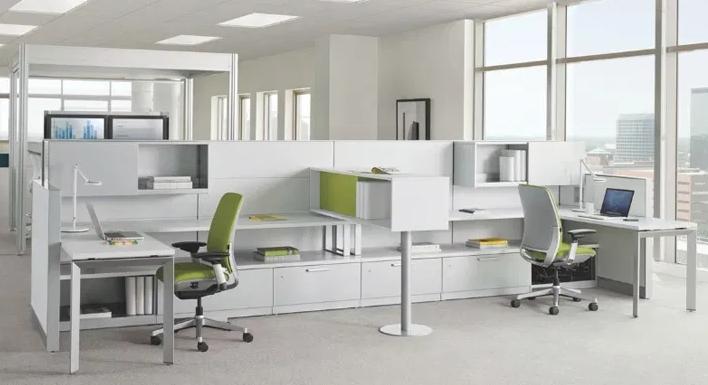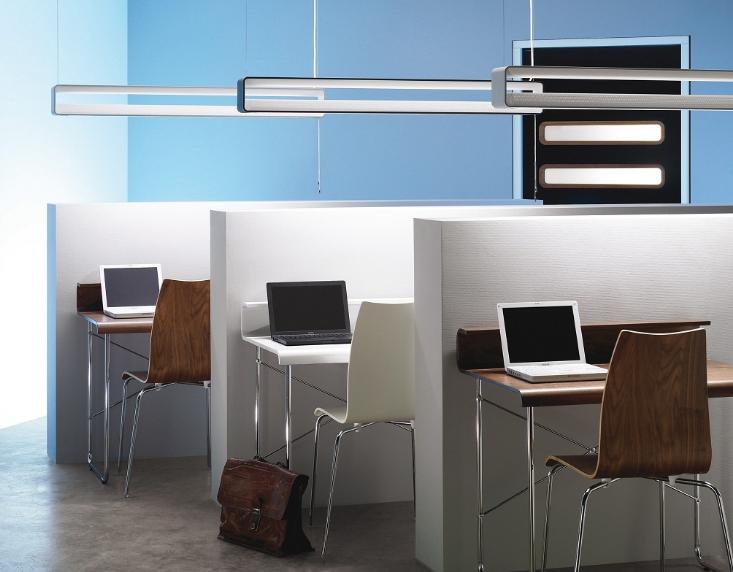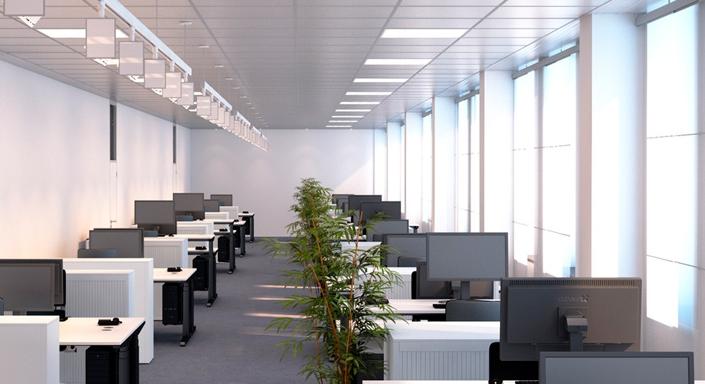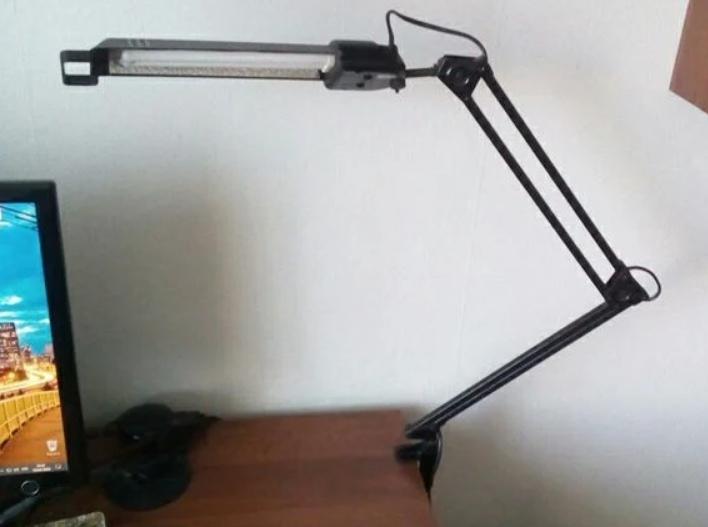Requirements for workplace lighting
Workplace lighting is an important factor that directly affects not only employee efficiency but also their well-being. If you don't create the right conditions, people get tired much faster and perform their job duties worse. Requirements for lighting are spelled out in a number of regulations, so it is not difficult to make it right if you understand the topic.
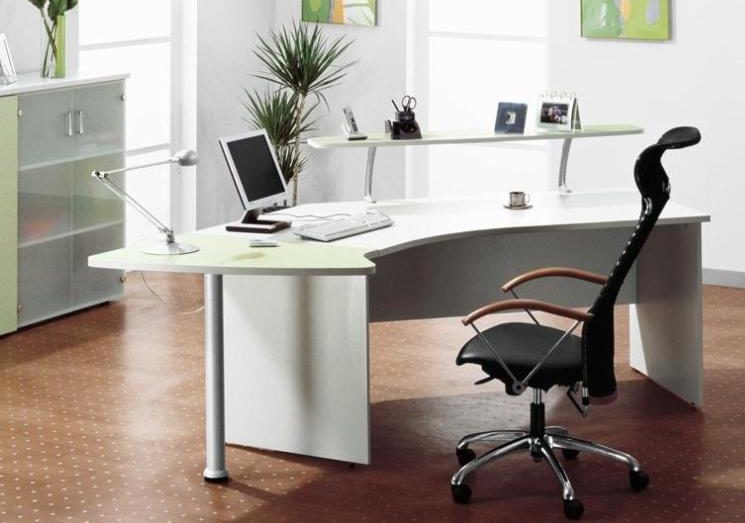
Workplace lighting - how it affects people
To achieve an ideal result, you need to ensure normal natural lighting during the working day. This is an important point, because it affects not only the performance, but also the state of human health. Also it should be taken into account that without artificial light it is impossible to provide normal working conditions, because the daylight hours often do not coincide with the working day, plus the weather is different. It is important to remember what conditions should create the light:
- A comfortable visual environment that reduces eye fatigue. Good color rendering, optimum light temperature and absence of glare so as not to create visual discomfort.
- Adjust the position of the luminaire and its brightness if necessary. This allows you to maintain an optimal level of illumination at all times.The luminaire should be adjustable in three planes.
- Providing natural light as much time as possible to use less fixtures.
- Using modern fixtures that not only provide quality light, but also safe. Of great importance is also the power consumption, the lower it is - the better.
Do not make the light too bright, as it has a stressful effect when working for a long time.
Types of lighting
Natural and artificial light is used to provide normal conditions. Workplace lighting is best organized using the first option, since it is superior to the second in all indicators - from color rendering and comfort for the eyes to the minimum load on the eyesight.
Natural lighting.
This type is good because it does not require any cost. The main thing is to have window openings in the room. The main features are as follows:
- Side lighting is most often used: the light enters through the windows located in the walls. The more windows - the better, but the heat loss increases.In offices, often install windows in the entire wall.
- Overhead lighting can be done in the form of openings in the roof, and in the form of a lantern - a special design with vertical windows.
- The combined option combines the two types and can provide perfect light.
- On the indicators of illumination affect: the geographical location of the building, the location of the windows in relation to the sides of light, time of year, cloud cover, the position of the nearest buildings and trees.
- Factor natural (KEO) shows whether the actual values correspond to the normative. It is calculated using a formula and is shown as a percentage, for the middle zone the minimum CEI is 2.5%, for northern regions - not less than 2.9%.
- If there are no windows in the workplace, there must be a recreation room with plenty of natural light.
By the way! Windows should be cleaned periodically, as if the glass is dirty KEO can decrease by half.
Artificial lighting
This option is mandatory for all rooms, because it does not depend on the weather and allows you to create optimal conditions regardless of the time of day. Here you should remember the following:
- The main one is the general lighting. It is realized with the use of lamps that are fixed on the ceiling and have a design that provides an even, diffused light. The height is selected individually.
- Local lighting is used to provide the necessary indicators. It is realized by means of table or wall mounted adjustable lamps.Local lighting should be such that the person was comfortable to work.
- Most often in the workplace both options are combined to achieve the best result.
- Lighting standards for a particular type of work is regulated by SNiP and other documents, it all depends on the specific use of the room.
You can not use only local light, The general lighting must be at least 30% of the indicators at the workplace, so as not to create discomfort for the eyes.
Illumination standards for workplaces
In individual cases, industry-specific hygiene regulations or other requirements may be used. For simplicity, all the basic standards are summarized in a table.
| Type of room | Illuminance level |
| Office and computer rooms | 200 to 300 lux |
| Offices where drafting and design work is carried out | Minimum 500 lux |
| Large areas without partitions | 400 lux and above |
| Conference rooms | Approx. 200 lux |
| Corridors and halls | 50 to 75 lux |
| Stairwells | 50 to 100 lux |
The illumination standards can go up to 5000 lux for works requiring the highest precision. As for other important indicators, several should be highlighted:
- The pulsation factor should not exceed 10%. If it is higher, the eyes get tired over time, and the person gets tired much faster. It is best to use LED lamps or luminaires, they do not exceed 3%.
- Color rendering index indicates how naturally colors are transmitted under artificial light. The best value for this index is 70 or higher (maximum 100).Large office spaces have their own lighting standards.
- The glare value should be zero. Therefore, when using directional light, it is adjusted so as not to create glare. And the easiest way is to use diffusing plafonds.
- The uniformity of light should not be lower than 0.4. That is, the intensity of the total light is about 40% of the local light.
LED luminaires are best because they consume little electricity and almost no heat during operation.
Lighting requirements for rooms with computers
If employees are constantly working at computers, you need to ensure proper lighting of the workplace:
- You can not put the monitor in front of the window, sit so that the natural light falls from behind the back or from the side.
- It is better to use table lamps that can be adjusted. The light intensity should be chosen individually.For computer desks are suitable fixtures that are mounted on the edge of the desk top.
- Only lamps with natural light should be used, warm and cold tones are not suitable.
- Position the light source so that there was no glare on the monitor. This is a very important point.
- It is better to put LED lights, as they do not get hot and even accidentally touching the lamp people will not get burned.
The video explains how to choose the light for productive work. Why it is important to use a neutral or cool glow color in the office or any work area.
On the quality of light in the workplace depends not only on the comfort for vision, but also the productivity of work, because with insufficient light a person quickly gets tired. It is important to follow the established standards and choose lights that will not give glare.

